A central aim of the ATLAS Higgs physics program is to measure, with increasing precision, the strength of interactions of the Higgs boson with elementary fermions and bosons.
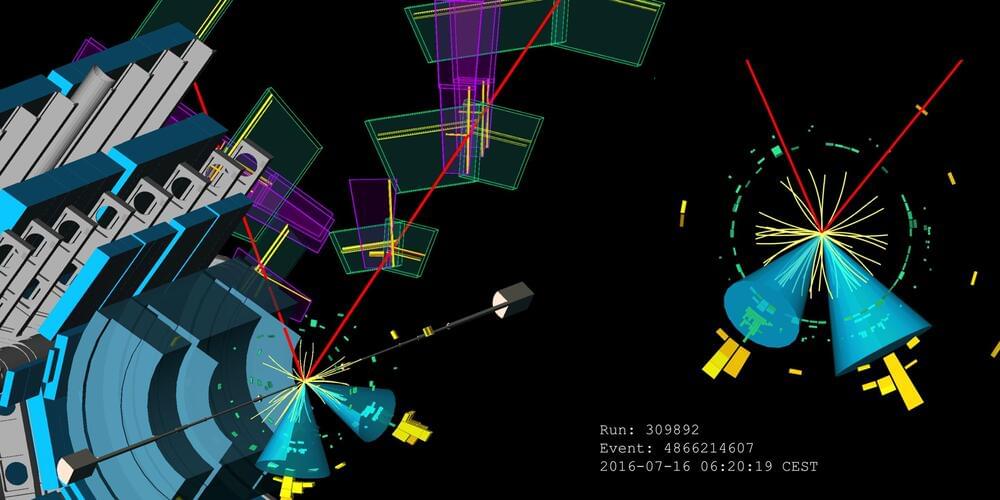

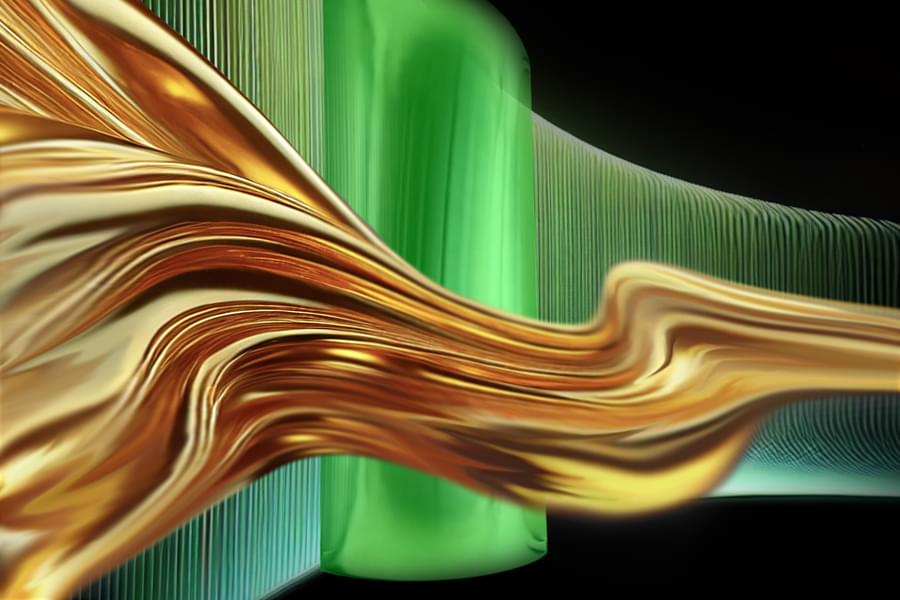
Typically, electrons are free agents that can move through most metals in any direction. When they encounter an obstacle, the charged particles experience friction and scatter randomly like colliding billiard balls.
But in certain exotic materials, electrons can appear to flow with single-minded purpose. In these materials, electrons may become locked to the material’s edge and flow in one direction, like ants marching single-file along a blanket’s boundary. In this rare “edge state,” electrons can flow without friction, gliding effortlessly around obstacles as they stick to their perimeter-focused flow. Unlike in a superconductor, where all electrons in a material flow without resistance, the current carried by edge modes occurs only at a material’s boundary.
Now MIT physicists have directly observed edge states in a cloud of ultracold atoms. For the first time, the team has captured images of atoms flowing along a boundary without resistance, even as obstacles are placed in their path. The results, which appear in Nature Physics (“Observation of chiral edge transport in a rapidly rotating quantum gas”), could help physicists manipulate electrons to flow without friction in materials that could enable super-efficient, lossless transmission of energy and data.
Discovering Earth’s third global energy Field. 🌀
A NASA-led rocket team has finally discovered the long-sought electric field driving particles from Earth’s atmosphere into space ‼️
First hypothesized over 60 years ago, it is “an agent of chaos” whose impacts are still not fully known: go.nasa.gov/3XcDDLD
An international team of scientists has successfully measured a planet-wide electric field thought to be as fundamental to Earth as its gravity and magnetic fields. Known as the ambipolar electric field, scientists first hypothesized over 60 years ago that it drove atmospheric escape above Earth’s North and South Poles. Measurements from a suborbital rocket have confirmed the existence of the ambipolar field and quantified its strength, revealing its role in driving atmospheric escape and shaping our ionosphere — a layer of the upper atmosphere — more broadly. The paper was published today in the journal Nature.
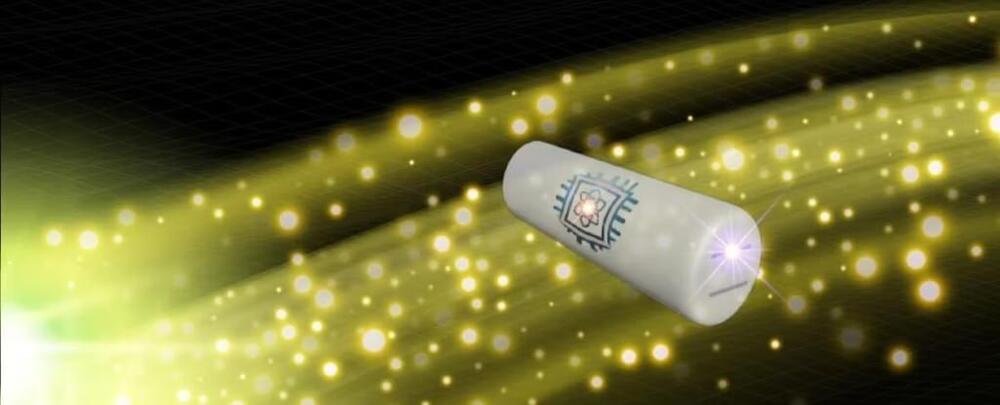
The graviton – a hypothetical particle that carries the force of gravity – has eluded detection for over a century. But now physicists have designed an experimental setup that could in theory detect these tiny quantum objects.
In the same way individual particles called photons are force carriers for the electromagnetic field, gravitational fields could theoretically have its own force-carrying particles called gravitons.
The problem is, they interact so weakly that they’ve never been detected, and some physicists believe they never will.

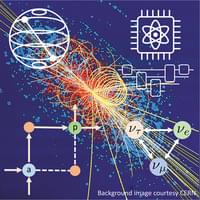
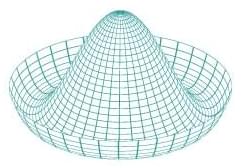
Physics stack exchange has recently been debating the question of the subjectivity of entropy.
I recommend Andrew Steane answer.
I’m a computer scientist doing some research that touches on basic concepts in statistical mechanics: macrostate, microstate and entropy. The way I’m currently conceiving of it is that the microstate includes all the information to perfectly the describe the state of a system, the macrostate provides some of the information, allowing you to narrow down the possibilities to a subset of states and a distribution over them, and the entropy roughly says how much information is still missing after you specify the macrostate.
From various places online, including this SE thread, I read that the choice of what to put in the macro-description depends on what state variables one is interested in. That SE answer seems to downplay the significance of this, but from my uninformed outsider perspective it seems like a big deal. I could, for example, make the entropy of any system zero if I choose the state variables to be the position and momentum of every particle (let’s just stick to the classical paradigm for now).
From the examples I’ve seen, there are only a few state variables such as temperature and pressure that are even considered, but could/does it ever happen that two different experimenters on the same system have different ‘opinions’ on what the state variables should be, and so calculate totally different values for entropy? If not, is there a satisfying reason why the choice of state variables is not as subjective as it appears?
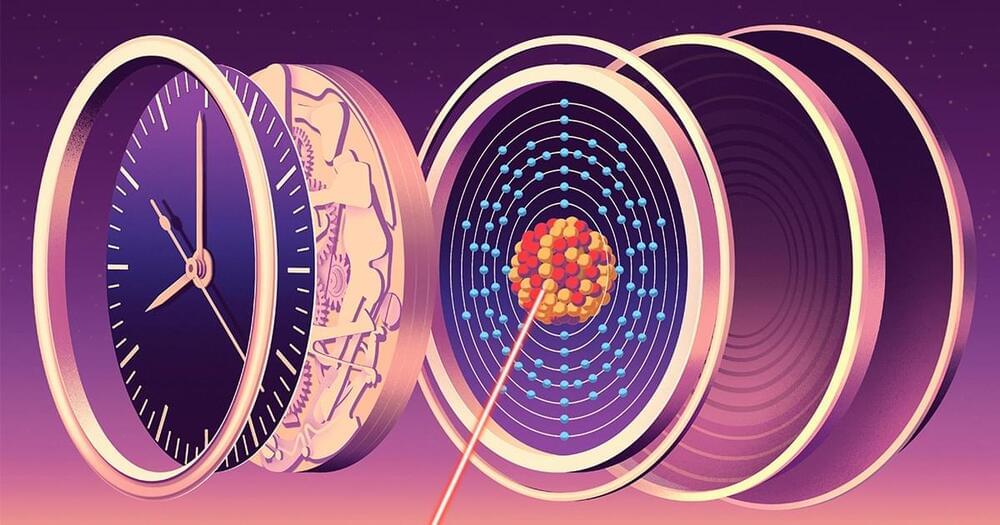
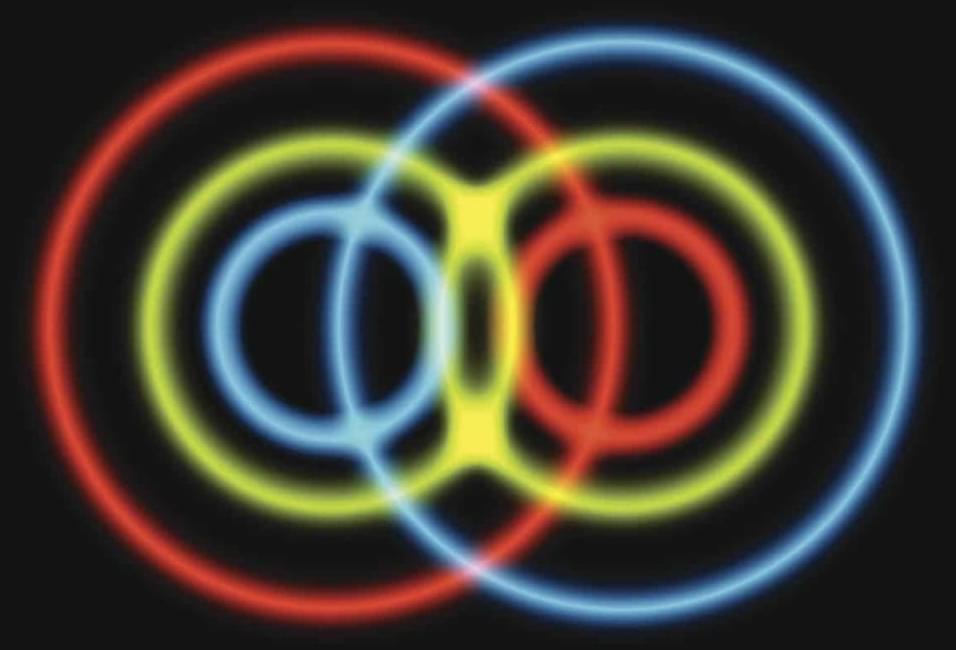
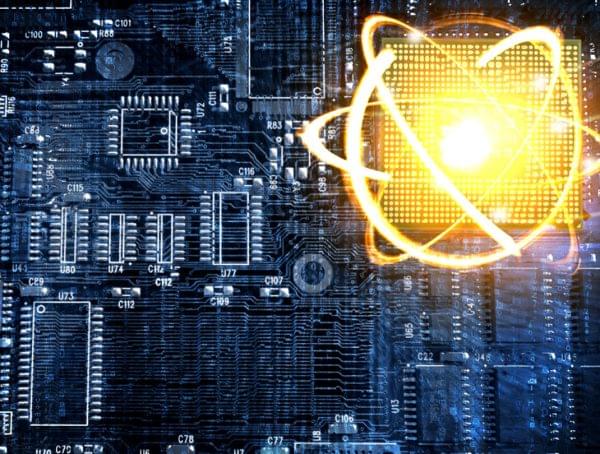
About 63% of the world population access the internet [Source: Statista] and a majority of them experience the internet through webpages. As such, the general population refers to the internet and the web pages interchangeably. Of course, those in the technology arena do know the difference but may or may not remember when and where the world wide web (WWW) was invented. Without its invention, the internet experience of today will not be the same.
100% of all living creatures experience something automatically and that is their “mass”, interchangeably and inaccurately referred to as “weight” by the general population. Of course, those who remember their physics know the difference. While material mass is taken for granted in general physics, there is a field of physics that tries to explain what gives materials their mass. The existence of the mass-giving field was confirmed when the Higgs boson particle was discovered.
The organization that is behind both the WWW invention and the Higgs boson discovery and many other remarkable inventions is CERN. The World Wide Web was invented in 1989 by Tim Berners-Lee while working at CERN. The existence of the mass-giving field was confirmed in 2012, when the Higgs boson particle was discovered at CERN.